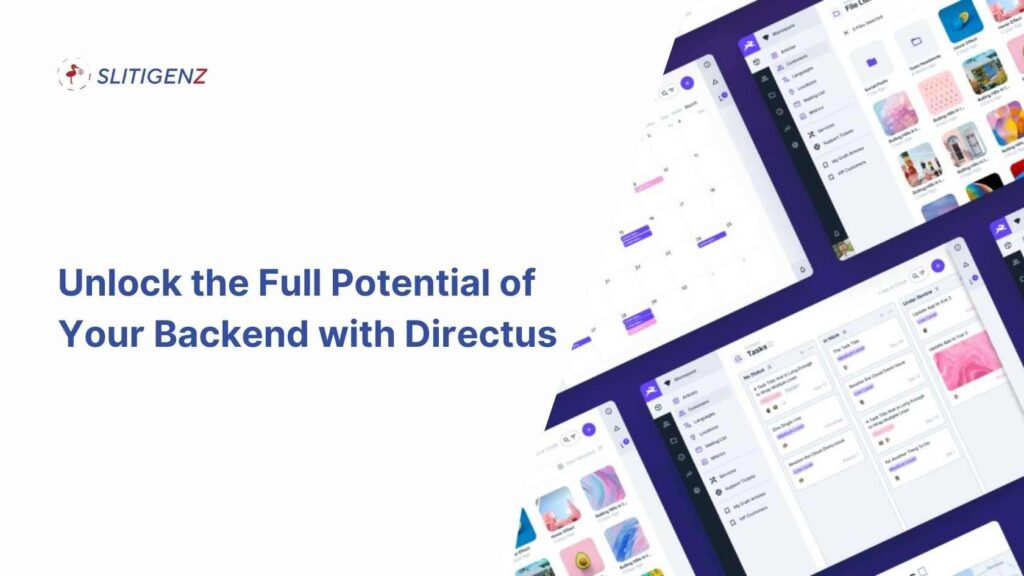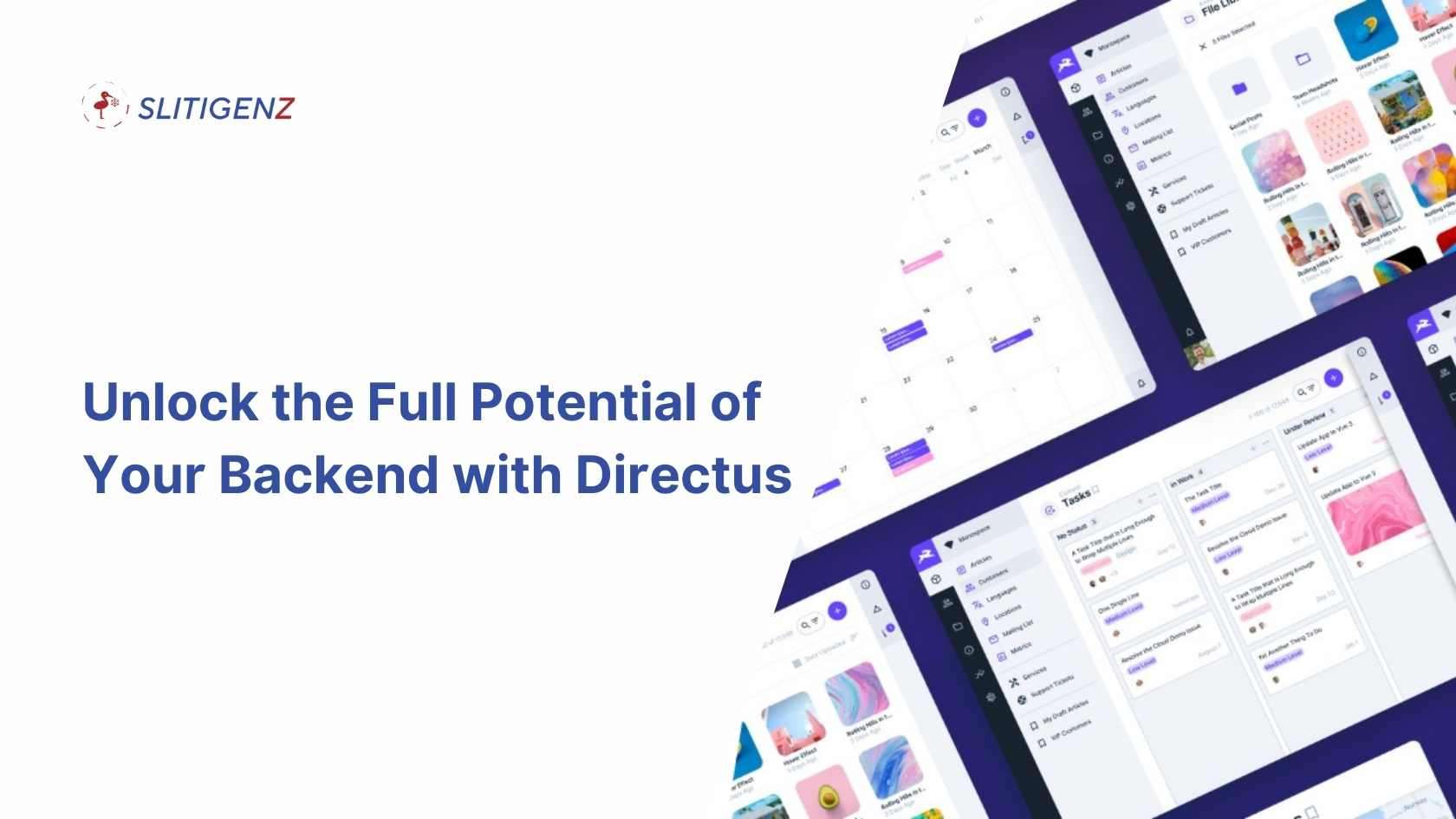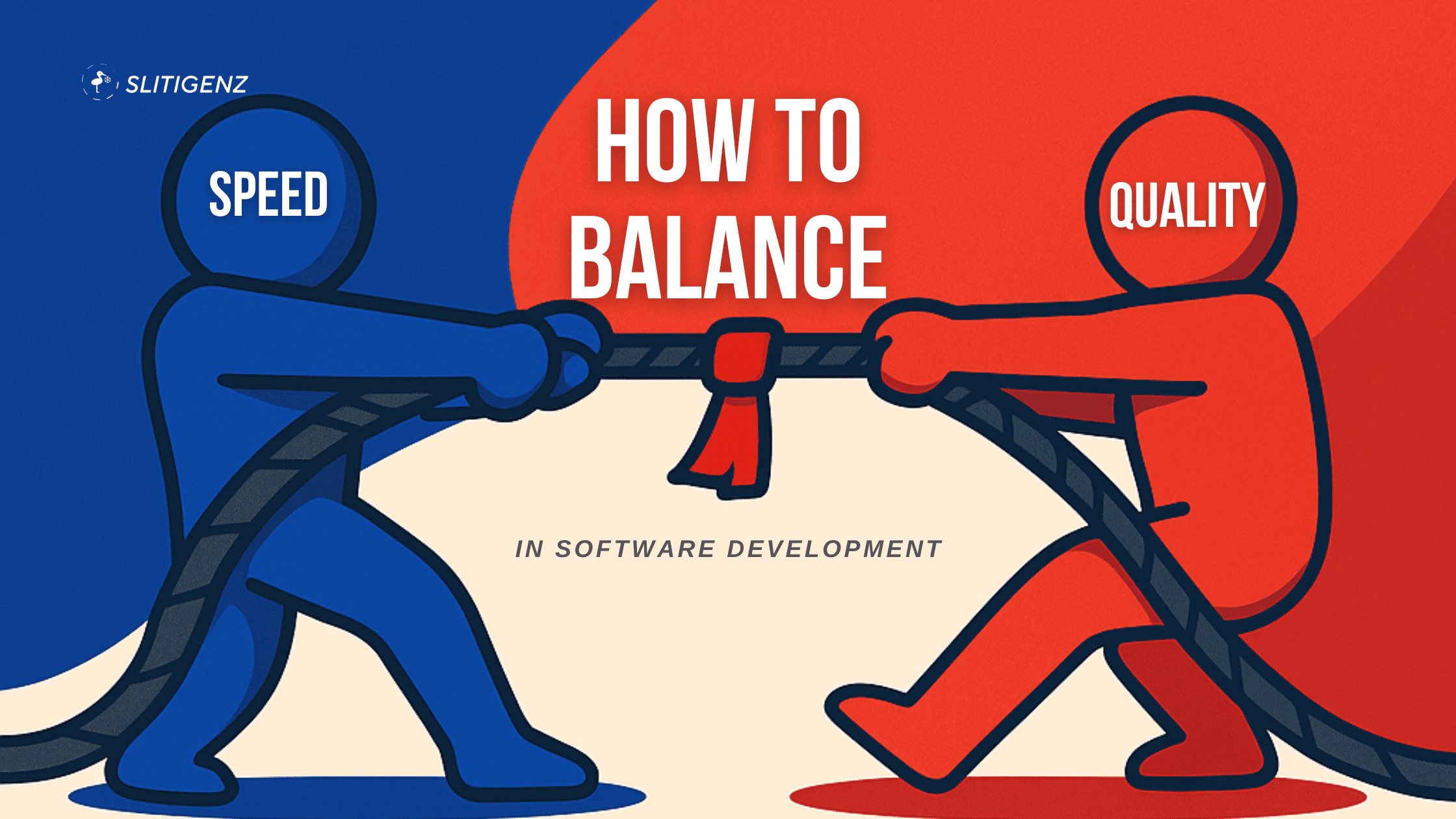In the modern web development landscape, building a backend CMS that is fast, flexible, and scalable is crucial. Directus has emerged as a powerful solution that automates CRUD operations, creates flexible APIs on an existing database, and requires no coding.
In this article, we will explore how to use Directus to build a task management system combined with Next.js for the frontend. We will cover installation, configuration, data management, and user permissions. Let’s get started!

Installing and Configuring Directus
Step 1: Install Docker and Docker Compose
Directus can be installed in multiple ways, but the simplest method is using Docker. Ensure you have Docker and Docker Compose installed before proceeding.
Step 2: Create a Docker Compose File
Create a new project folder and add a docker-compose.yml file with the following content:
version: "3.8"
services:
directus_db:
image: postgres:17-alpine
container_name: directus_db
restart: unless-stopped
environment:
- POSTGRES_DB=todo_app
- POSTGRES_USER=directus
- POSTGRES_PASSWORD=directus
ports:
- "9001:5432"
volumes:
- directus_postgresql:/var/lib/postgresql/data
networks:
- directus_network
directus:
image: directus/directus:11.1.1
container_name: directus
restart: unless-stopped
ports:
- "9002:8055"
volumes:
- ./data/database:/directus/database
- ./data/uploads:/directus/uploads
- ./data/extensions:/directus/extensions
networks:
- directus_network
environment:
- SECRET="replace-with-secure-random-value"
- DB_CLIENT=postgres
- DB_HOST=directus_db
- DB_PORT=5432
- DB_USER=directus
- DB_PASSWORD=directus
- DB_DATABASE=todo_app
- ADMIN_EMAIL=admin@example.com
- ADMIN_PASSWORD=admin
depends_on:
- directus_db
volumes:
directus_postgresql:
driver: local
networks:
directus_network:
driver: bridgeStep 3: Start Directus
Run the following command to start Directus services:
docker compose up -dOnce started successfully, you can access the Directus Dashboard at http://localhost:9002 and log in with the admin credentials set in the configuration.
Managing Data with Directus
Directus allows you to manage data through an intuitive interface. In this article, we will build a task management system with two tables:
- users (user list)
- tasks (task list)
Creating the tasks Collection
- Go to Settings > Data Model > Create Collection
- Name the collection
tasks - Add the necessary fields:
title,description,status,due_date - Create a
userfield linked todirectus_usersusing a “One to Many” relationship
Interacting with the API
Directus provides RESTful APIs to interact with data. Here are some key API endpoints:
- Fetch all tasks:
GET /items/tasks - Fetch a specific task:
GET /items/tasks/:id - Create a new task:
POST /items/tasks - Update a task:
PATCH /items/tasks/:id - Delete a task:
DELETE /items/tasks/:id
You can test these APIs using Postman or your preferred API tool.
User Permissions in Directus
From version 11 onwards, Directus uses Policy-Based Access Control (PBAC) for managing permissions. This allows precise control over who can view, edit, or delete data.
Step 1: Create a User Role
- Navigate to Settings > Roles & Permissions
- Add a new role named User
- Define the permissions for this role
Step 2: Configure Policies
- Go to Settings > Access Policies
- Create a new policy for the
Userrole - Configure Read, Create, Update, Delete permissions for
directus_usersandtasks
Example permission setup:
- Read: Users can only view their own tasks
- Create: Automatically assign
user_idto the currently logged-in user - Update & Delete: Users can only modify or delete their own tasks
Testing API After Configuring Permissions
You can test the following APIs after setting up permissions to ensure data protection is properly enforced:
- Register a new account → Create an account via API
- Create a task → Users can only create tasks for themselves
- View tasks → Only displays tasks belonging to the logged-in user
- Edit/Delete tasks → Users cannot modify tasks that do not belong to them
If all the above steps work correctly, you have successfully set up Directus!
Directus provides a powerful backend CMS solution without requiring professional backend development skills. With just a few simple steps, you can set up a robust, intuitive, and easy-to-manage API system. With its scalability, flexible permissions, and multi-platform support, Directus is a solid choice for any web project.
If you’re looking for an optimized backend CMS solution, why not give Directus a try?




